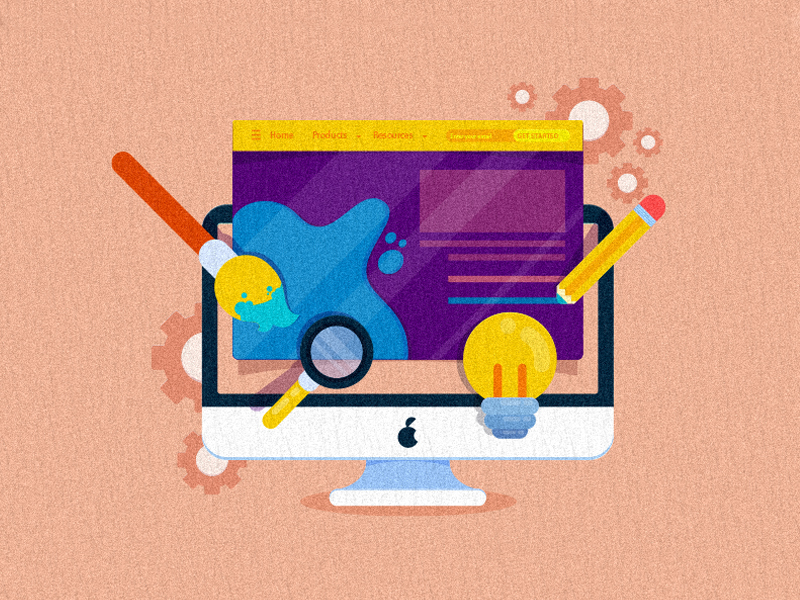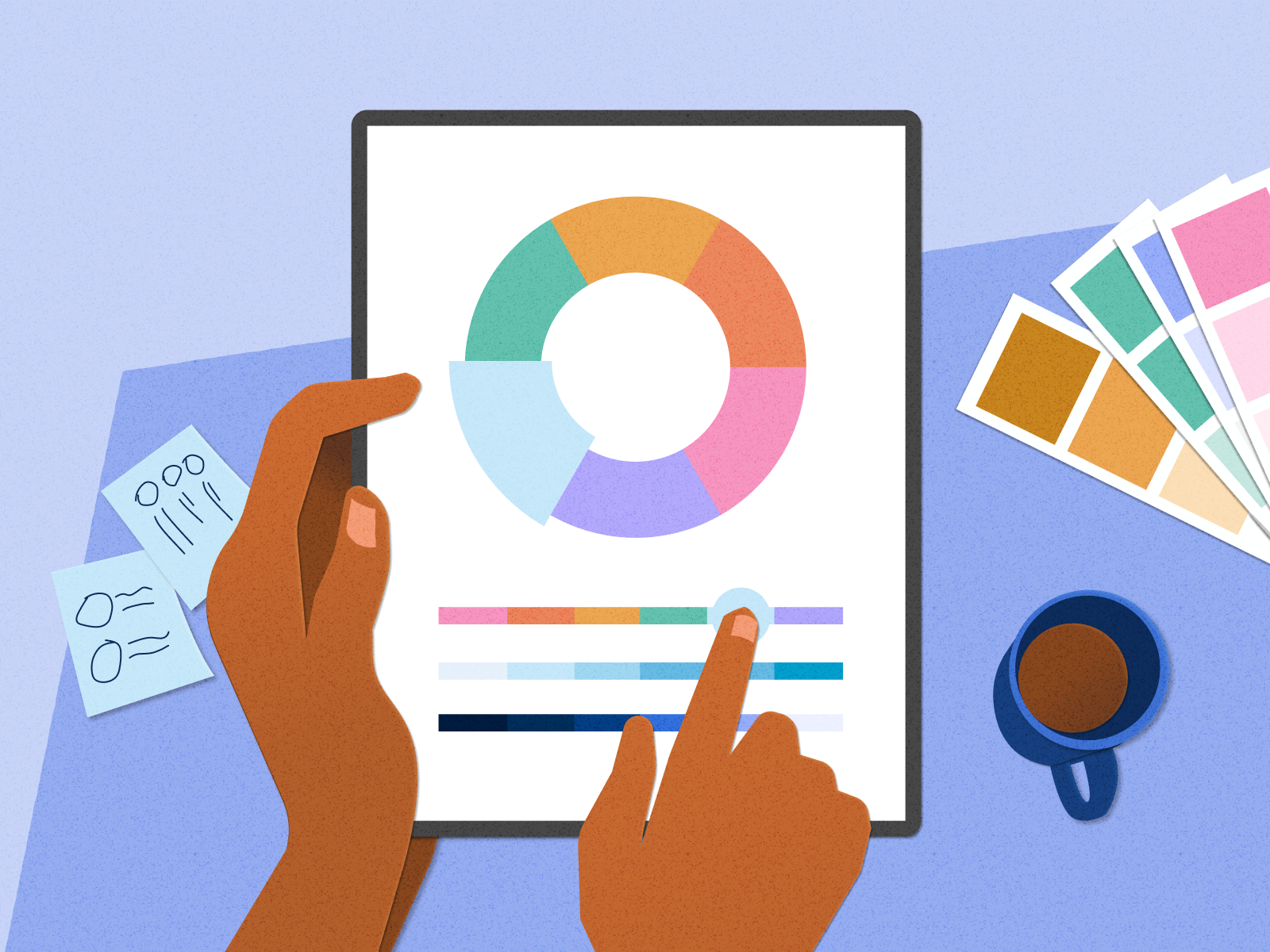Aligned Position Web Design: Expert Web Design Strategies for Achieving Business Goals Online
The Very Best Types of Web Layout to Enhance Individual Experience and Interaction
In the ever-evolving landscape of digital communication, the efficiency of Web layout considerably affects user experience and involvement. Different layout strategies, such as minimalist, responsive, and interactive designs, each offer unique advantages that can cater to diverse individual needs.
Minimal Website Design
As digital landscapes end up being increasingly messy, minimal website design has emerged as an effective strategy to enhancing customer experience. This style approach focuses on simpleness, concentrating on essential elements while getting rid of unneeded distractions. By using adequate white space, simple navigating, and a limited shade combination, minimalist design fosters clearness and guides customer interest to vital material.
The core concept of minimal Web layout is to develop a smooth interaction for users. By decreasing cognitive load, users can promptly grasp information without really feeling overwhelmed. This straight approach not only boosts usability yet additionally motivates engagement, as site visitors are more probable to check out a website that is very easy and visually enticing to navigate.
Furthermore, minimalist style often highlights typography and images, utilizing these elements purposefully to share messages efficiently. This focus on vital elements can boost brand name identity and develop a remarkable user experience. Fundamentally, minimal Web style is not simply a pattern; it is a thoughtful methodology that recognizes the significance of user-centered style. By removing away peripheral components, designers can create an extra interesting, efficient, and delightful Web experience for all customers.
Receptive Website Design
In today's diverse electronic atmosphere, responsive Web layout has ended up being vital for creating a seamless customer experience across a wide range of tools. As customers access websites on mobile phones, desktop computers, laptops, and tablets, the capability of an internet site to adjust its design and material to different screen sizes and resolutions is crucial.
Responsive Web layout uses versatile grids, photos, and CSS media questions to ensure that Web material exists efficiently, despite the device made use of. This approach not just improves the visual appeal of a website yet additionally dramatically boosts functionality. Users are more probable to involve with a site that supplies a regular experience, as it gets rid of the disappointment of having to focus or scroll exceedingly.
By adopting receptive design, services can improve their exposure and get to a broader target market. In recap, responsive Web layout is a fundamental technique that enhances individual experience, involvement, and overall fulfillment.
Interactive Website Design
Responsive Web design prepares for boosting customer experience, but interactive website design takes this an action even more by involving customers in a more vibrant means - Aligned Position Web Design. By incorporating elements such as computer animations, clickable models, and real-time comments, interactive Web design captivates individuals, attracting them right into a richer browsing experience
This method not just cultivates involvement but also motivates customers to discover content actively as opposed to passively consuming it. Methods such as gamification, where customers earn benefits for finishing jobs, can considerably improve the moment invested on a website and boost overall satisfaction. Interactive attributes can streamline complicated info, making it much more digestible and pleasurable.

Incorporating interactive style components can likewise bring about higher conversion prices, as customers are most likely to engage with a website that actively includes them. Aligned Position Web Design. Inevitably, interactive website design changes user experiences into remarkable journeys, making sure that site visitors return time after time
Flat Design
Defined by its minimalistic strategy, level layout emphasizes simplicity and performance, removing unneeded components and concentrating on important functions. This style approach focuses on use, making certain that users can navigate interfaces easily and efficiency. By employing a clean aesthetic, flat design eliminates the clutter typically discovered in a lot more elaborate styles, thus improving individual focus on material and performance.
The hallmark of flat layout hinges on its use strong colors, easy typography, and geometric shapes. These elements add to an aesthetically attractive important link interface that is both modern and friendly. Additionally, level layout fosters a sense of quality, permitting individuals to discern important actions and details without diversion.
Additionally, flat layout is especially effective in receptive website design, as its simpleness equates well across numerous gadgets and screen dimensions. The absence of intricate appearances and gradients minimizes filling times, which is important for maintaining customer interaction. As electronic landscapes remain to evolve, level design continues to be an appropriate choice for developing easy to use websites that improve overall experience. By concentrating on vital features, flat style not only satisfies user requirements but likewise encourages smooth interaction, making it a crucial component of efficient website design approaches.
Adaptive Website Design
Flexible website design tailors the user experience by producing several dealt with layouts tailored to different screen sizes and gadgets. Unlike responsive style, which fluidly readjusts a solitary format, flexible design employs distinct layouts for particular breakpoints, ensuring optimal presentation on various platforms. This method enables designers to concentrate on the distinct attributes of each gadget, improving functionality by providing exactly what individuals need based on their context.
One of the primary advantages of flexible website design is its capacity to enhance tons times and performance. By serving tailored content and photos that fit the customer's gadget, web sites can lessen data usage and improve loading rates. This is specifically valuable for customers with slower connections or restricted data plans.

Additionally, flexible design assists in a more controlled and regular branding experience. Since developers develop several formats, they can guarantee that the aesthetic components align with the brand name's identification across various systems - Aligned Position Web Design. This results in a natural user experience, improving involvement and promoting customer retention
Conclusion
In verdict, the integration of minimalist, receptive, and interactive Web design principles considerably improves customer experience and engagement. Minimalist style cultivates quality and focus, while responsive style makes certain flexibility across different gadgets, advertising accessibility. Interactive design mesmerizes individuals via vibrant components, motivating expedition and customization. Jointly, these layout comes close to add to the production of user-friendly environments that not only improve complete satisfaction however likewise drive higher conversion rates, underscoring their vital value in contemporary website design techniques.

Minimal design cultivates clarity and emphasis, while responsive style makes sure flexibility across different gadgets, advertising accessibility. Collectively, these style comes close to contribute to the creation of easy to use atmospheres that not just improve fulfillment yet also drive greater conversion prices, Extra resources underscoring their essential relevance in modern Web style methods.